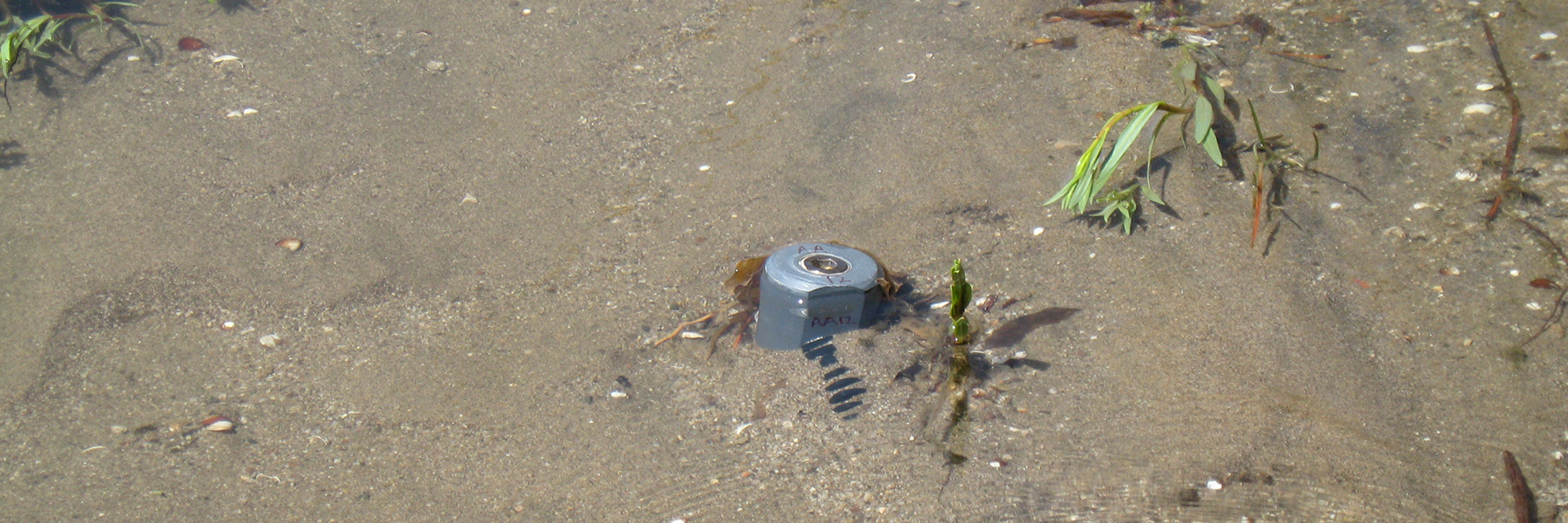Installation

Installation of the TROD can be done in both dry and flowing conditions:
- Pilot a hole with a 1 inch diameter rock bar and rotate to loosen sediments with large pipe
wrenches. Extract rock bar by rotating or by use of a fence post puller. Turning the rock
bar
will ensure loosen sediments and help to extract it out of the ground. The pilot hole is
critical as you won’t know if you can install to that depth otherwise. Think boulders the
size
of Volkswagens.
- If the hole stays open, fill with bentonite using a plunger (kids water toy or similar). The
purpose of the bentonite is to seal between the hole and the pipe if the hole stays open.
- Insert rod into pilot hole and hammer on the installation cap to avoid contact with
communication cable protruding off the side or damage to the head bolt to complete the
install.
In flowing conditions, the extension bar connected to the installation cap can assist
installation above and below the surface water.
- Clean up bentonite to reasonable degree (subjective).
- In most cases, the pilot hole will collapse. If the pilot hole closes, use discretion
hammering
the TROD with the installation cap. Have one person inspect while hammering to verify the
TROD
is moving.
The TROD is a robust probe that can be installed in a variety of substrates but to prevent
breakage a
pilot hole should be used to loosen sediments and ensure that the desired depth can be obtained.
Installing the TROD without the use of a pilot hole may result in breakage especially in cobble
bed
environments.

